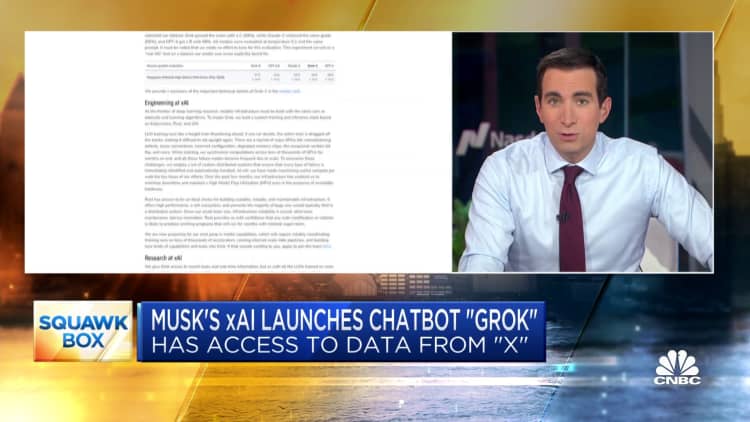
Having trouble finding a new show to watch? It’s not just you.
For more than two decades, several revolutions in televised entertainment gave binge watchers yearly increases in the number of scripted TV shows. The saga is well known by now, from HBO’s invention of “prestige TV” in the early 2000s to the “golden age of TV” when prestige moved to other networks such as FX and AMC, to Netflix’s big bang with “House of Cards” that ushered in the “cord-cutting” era and the ensuing “streaming wars,” which just ended with Netflix standing tall. Along the way, one of the executives who played a key role in this corporate odyssey, FX’s John Landgraf, emerged as something like the mayor of television and famously predicted the industry was at “peak TV” in 2016.
It took nearly another decade, but Landgraf is now touting data showing his prediction was spot on. Last year, the number of scripted series fell by 14%. Landgraf, now the chairman of FX Networks, which became a Disney subsidiary at the height of the streaming wars in 2019, revealed the data on Friday during the Television Critics Assn. press tour.
Here’s what the peak of peak TV looked like: the number of adult scripted series fell to 516 in 2023 from an all-time-high of 600 the year before. It was only the second time since Landgraf began his count in the early 2000s that the number of shows had declined year-over-year.
Contributing to the drop is Wall Street’s pressure on major studios to rein in their spending and the new realities of a maturing streaming industry. Landgraf told Variety that last year’s strikes by screenwriters and actors played some part in the delayed release of some programming, but he thinks it was already trending in that direction before the Hollywood work stoppage.
“The drawdown of production was likely underway even before the strike shuttered all production,” Landgraf said. “The realignment of industry priorities from streaming scale at any cost to profitability continued after the strikes, leading to the cancellation of numerous projects.”
How TV went from prestige to peak
The Cambrian explosion of TV series began after Netflix fired the “House of Cards” starting gun and streaming took off in the early 2010s. While in 2009 there were 210 scripted shows, six years later that number had doubled to 422.
The era of “peak TV” brought about critically acclaimed shows such as “Breaking Bad,” “Game of Thrones,” and “Mad Men.” But despite stellar reviews, Wall Street has now shifted its expectations from growth no matter the cost to profitability as the streaming sector matures.
The interest rate hikes by the Federal Reserve following the pandemic marked an end to the “easy money” that helped fuel the growth-at-all-costs attitude across industries. Just as rising interest rates have hampered venture capital investments in tech, Wall Street began demanding that streamers tighten their belts, and the changes have been rippling across the sector, as Landgraf said. Other cuts and efforts to turn a profit have left streaming subscribers paying more for less, and slowly, cord-cutting TV fans are seeing streaming morph back into old TV—ads and all.
Streaming leader, Netflix, which helped contribute to the increase in scripted shows throughout the 2010s, released 130 fewer original programs in 2023 compared to a year before, a decline of 16%.
And last year, in a push to increase subscribers, Netflix also cracked down on password sharing. Although controversial, the effort added nearly nine million subscribers in the quarter immediately following the change. In its most recent quarter it added another 13 million, and revenue jumped double digits.
Already other streamers are following Netflix’s footsteps. Last year, Disney+ hiked the price for its ad-supported tier by $3 and in January Amazon changed the default viewing experience on Prime Video to be ad-supported and began charging customers to opt out of commercials.
Although Landgraf has been predicting the end of TV’s glory days ever since he labeled “peak TV” in 2016, he was repeatedly proven wrong as the number of shows exploded and, barring a decline in 2020 due to the pandemic, then resumed growing. Still, Landgraf revived his prediction, saying that 2022 would be the “high water mark” of TV show output, marking “the peak of the peak TV era.”
This time, it’s looking like he was right.
Credit: Source link














